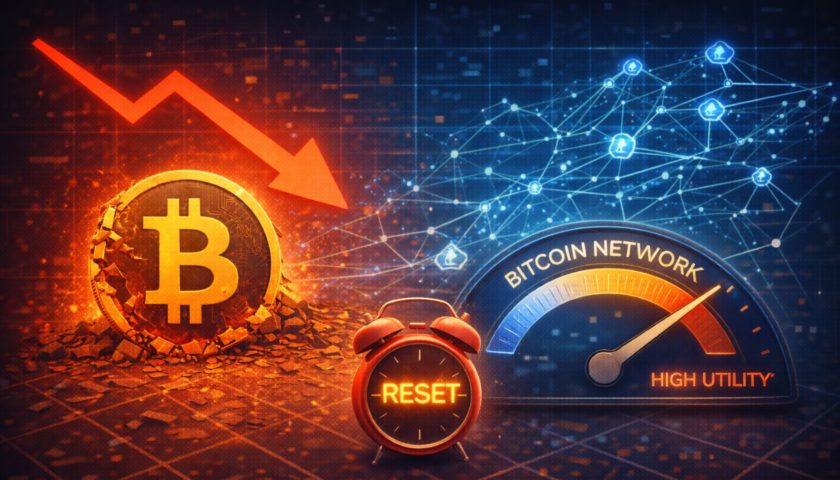There are over 225,000 unconfirmed transactions in the Bitcoin memory pool (mempool), pointing to increasing demand for the network, the latest data on May 2 shows.
According to mempool.space data, more than 225,000 pending transactions are pushing the mempool’s size to over 580 MB, almost twice the 300 MB limit.
At this level, the number of unconfirmed transactions is at 2017 peaks when the mempool had over 200,000 pending transactions, leading to congestion. In some cases, transactions took over 48 hours to be processed.
How well the network is used depends on the number of transactions processed at any given instance. In the case of Bitcoin, transactions must first be confirmed by miners, who are particular nodes that also secure the network and ensure that it remains hacker-proof. However, before transactions are confirmed, they are placed in the mempool.
The mempool acts as a “waiting bay” where all valid transactions are placed before they are included in a block. Every node connected to the Bitcoin network synchronizes to the mempool, keeping updated with the database’s status.
Transactions sent to the pool have been to be confirmed in canonical order. Depending on the general network activity and current fees, it could take hours before a transaction is approved.
Usually, transactions that stay in the mempool for over 48 hours are dropped, and funds are returned to the sender. Meanwhile, confirmed transactions are removed from the mempool and added to a block.
More inscriptions are being minted on Bitcoin
The spike in pending transactions coincides with a sharp spike in the Bitcoin network demand.
On May 1, the platform processed over 568,000 transactions, a record. However, over 50% of these were inscriptions from the Bitcoin Ordinals.
The Bitcoin Ordinals platform allows users to attach files to Satoshis, the smallest bitcoin unit, effectively converting Bitcoin into a cheaper storage device. Every inscription is unique and similar to non-fungible tokens (NFTs) minted on smart contracting platforms like Ethereum.
The increase in the number of on-chain transactions notably coincides with the launch of the Bitcoin Ordinals platform in late January.
With more users opting to “mint NFTs,” there is more demand for block space, subsequently increasing fees and the overall size of the Bitcoin network.
As the Bitcoin network chokes under a deluge of inscriptions, miners would most likely prioritize which transactions to confirm depending on the attached fee, keeping the mempool bloated.



